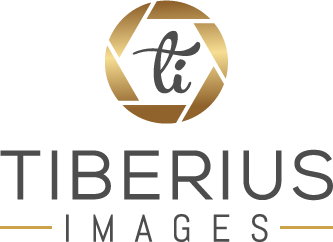How Speakers, Coaches, and Content Creators Can Tell Their Visual Story
In a world overflowing with information and distractions, making your voice heard can feel like a daunting challenge. Speakers, coaches, and content creators have mere moments to captivate their audience before their attention drifts elsewhere. That’s where the magic of strong photos comes into play. They are visual anchors, pulling viewers into your narrative and making your message resonate long after the moment has passed.
Here’s how you can use photographs to tell your story more effectively.
1. Create an Emotional Connection
People naturally respond to visuals. A striking photograph can evoke feelings that words alone might not convey. Whether it’s a touching moment captured in a portrait or an action shot that illustrates your key message, using photographs helps to create a deeper emotional bond with your audience.
Tip: Use high-quality photographs that connect with your audience's experiences or dreams. For example, if you’re a coach focusing on personal growth, include photographs of individuals going through transformations or achieving their goals.
2. Simplify Complex Ideas
In a world filled with information overload, photographs can make complex ideas easier to understand. Infographics combined with eye-catching photographs can break down tough concepts into simpler, more digestible pieces. This not only helps comprehension but also keeps your audience engaged.
Tip: When talking about a complicated topic, consider using photographs alongside clear text to highlight important points. A well-designed infographic with relevant photographs can summarize your main ideas and provide a useful reference for your audience.
3. Improve Memory and Recall
Research shows that people remember information better when it’s paired with visuals. This idea, known as the “picture superiority effect,” suggests that photographs are more memorable than words alone. By adding photographs to your presentations or content, you increase the chances that your audience will remember your key messages.
Tip: Use photographic storytelling techniques, like creating a sequence of photographs, to show the progression of your narrative. This not only reinforces your message but also makes it more memorable.
4. Showcase Your Personality
As a speaker, coach, or content creator, your personality is a vital part of your brand. Photographs can help showcase who you are and what you stand for. Whether it’s through your choice of subjects, styles, or even the types of photographs you use, visuals provide a way to express your individuality and connect with your audience on a personal level.
Tip: Use behind-the-scenes photographs or candid shots that reveal your true self. This can help your audience feel more connected to you, fostering trust.
5. Create a Consistent Brand Identity
Consistency is key when it comes to branding. By using a uniform visual style—whether in your presentations, social media posts, or promotional materials—you create a cohesive brand identity that audiences can easily recognize. This helps build trust and reinforces your message.
Tip: Develop a style guide that outlines your brand’s colors, fonts, and photographic styles. This will ensure that all your photographs align with your overall brand identity.
6. Engage Your Audience
Interactive visuals, such as videos featuring photographs or animated graphics, can significantly boost audience engagement. When you include elements that invite participation like polls, quizzes, or dynamic slides you turn passive viewers into active participants. This not only enhances the overall experience but also strengthens the connection between you and your audience.
Tip: Try different types of photographs, such as video snippets of your talks or engaging slideshows, to keep your audience interested.
Conclusion
Incorporating photographs into your storytelling is a necessity in today’s content-filled landscape. As a speaker, coach, or content creator, using the power of photographs can enhance the impact of your message, foster connections, and leave a lasting impression on your audience. So, the next time you prepare your content, remember to think visually and let your story unfold through efficient photography strategies.




